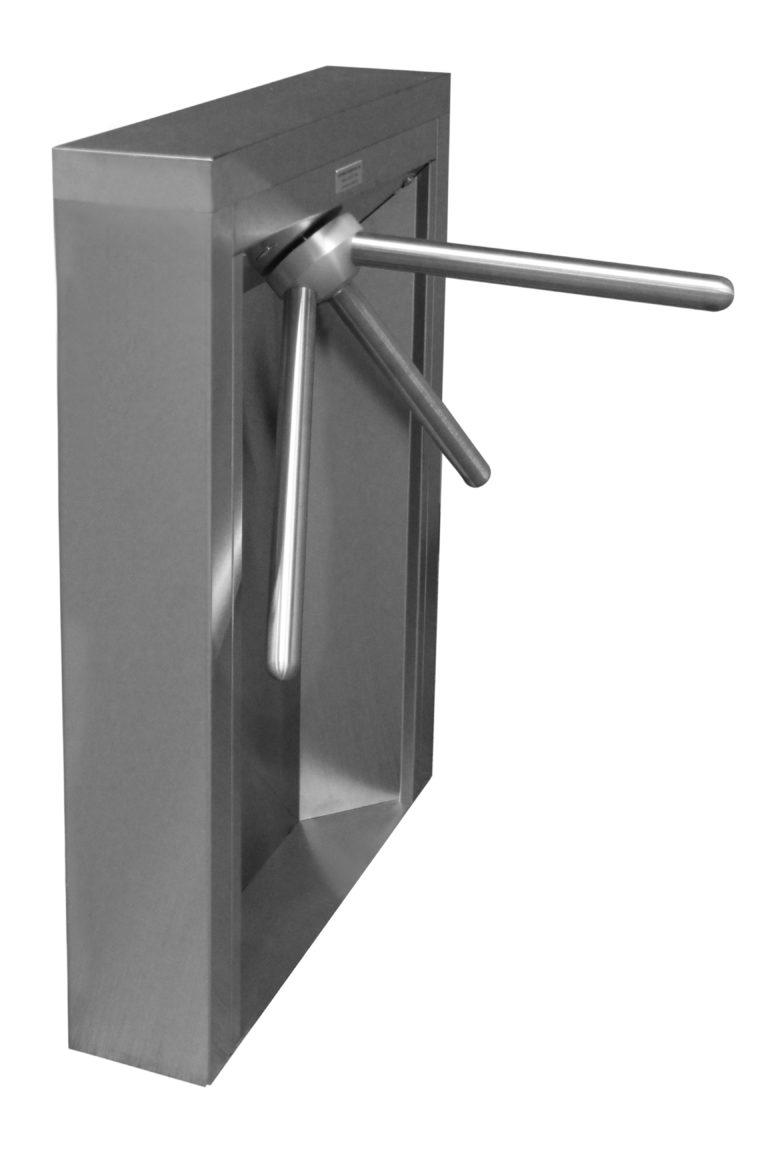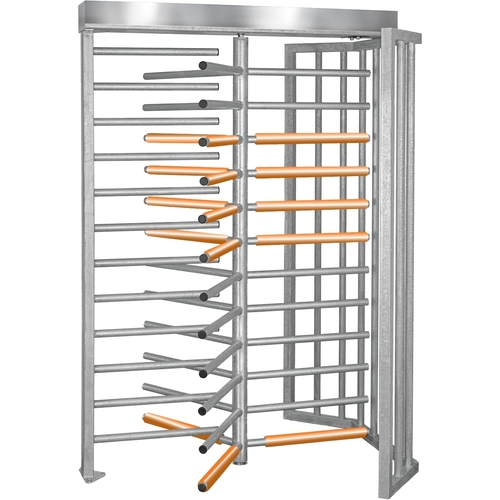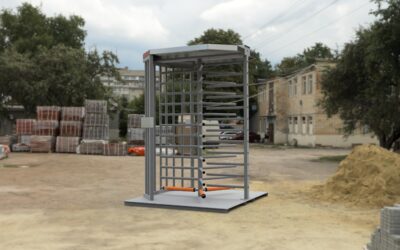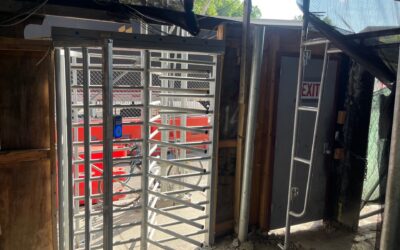At a Glance: Tailgating and Piggybacking Security Are Essential for an Effective Access Control System
- Tailgating, also known as piggybacking, is a physical security breach occurring when a person tags along with another person who is authorized to gain entry into a restricted area
- Tailgating may be malicious or benign depending on the circumstance
- Piggybacking security begins with proper personnel training and is strengthened with turnstile implementation
- Certain access control products are purpose-built to prevent tailgating
- Our access control specialists can help you prevent tailgating at your facility, but what you do at the ball game is your own business
What is Piggybacking? What is Tailgating?
At this point, you may have realized that this blog post won’t be about drinking beer and grilling with your friends or about jumping on your best mate’s back for a jarring joyride. No, we’re talking about the wonderful world of access control! Now that I have your attention, let’s get right into it.
Piggybacking, also commonly referred to as tailgating, occurs when one person follows closely behind an authorized entrant into a building or other secure facility without showing credentials or proving that they are also authorized to enter the area. A common example of piggybacking is when someone swipes into a locked room and holds the door open for you. Now, you may have a card for that door yourself, you may not have one but are authorized inside, or you may just be sneaking in; it all depends on the circumstance. Therefore, piggybacking and tailgating can be malicious or benign, legal or illegal, known or unknown.
Is There a Difference Between Piggybacking and Tailgating?
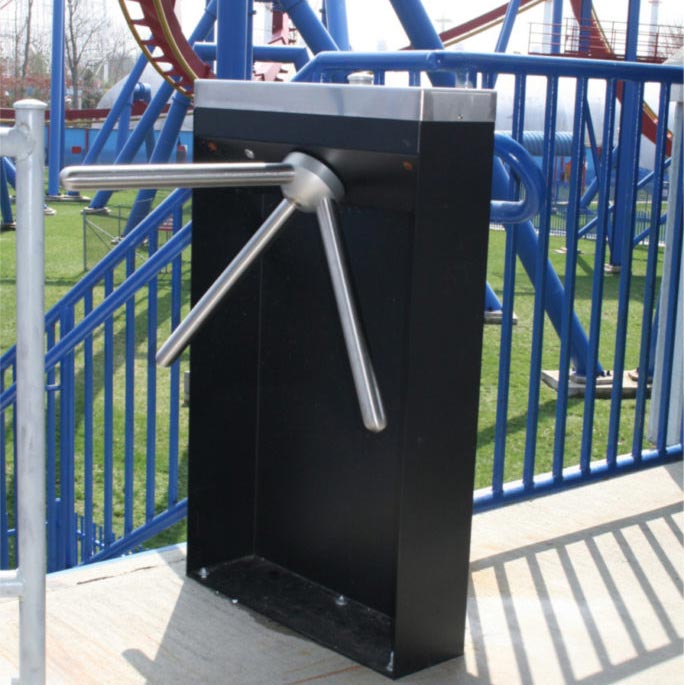
Though piggybacking and tailgating are used synonymously for most intents and purposes, there is a slight difference in connotation. Tailgating implies following an authorized person into a secure area without their consent and often without them even knowing. For example, say you are at a museum and you see a tour group going into a private exhibit. You slyly weave your way into the middle of the group and enter the private area unbeknownst to the tour guide or anyone else in the group. In this example, you took advantage of another person’s access into a restricted area without their consent, so your actions would be considered tailgating.
On the other hand, piggybacking is generally considered to occur when an authorized person gains entry to an area and deliberately helps an unauthorized person enter the restricted area as well. As an example, your boss gives you the keys to open his amusement park. Early the next morning, you key into the park and hold the door open for your friend without prior permission from your boss so they can enjoy a day of free rides and fun. Though you may win a good friend award, I’m sure your boss would not appreciate your freeloading stowaway.
As you can see, tailgating and piggybacking are mostly interchangeable with only slight differences to their definitions . The main takeaway here is that piggybacking and tailgating occur when one person with proper credentials allows another person entry into a secure area whether they know about it or not.
Are Piggyback and Tailgating Through an Access Control System Bad?
Most of the time when you talk about piggybacking and tailgating in an access control context, you’re talking about preventing unauthorized entry. But, not all forms of piggybacking and tailgating are inherently malicious. Below you will find a list of examples of both malicious and benign forms of tailgating/piggybacking.
Examples of When Piggybacking and Tailgating are a Threat to Your Access Control and Entrance Security
- Finding an authorized person who disregards the rules of a facility and tagging along with them into a facility
- Convincing an authorized person that you are also allowedto enter into a facility by wearing a certain outfit, acting casual, having your hands full, etc.
- Sneakily slipping through a door into a secured area right before it shuts after someone had just opened it
- Blending in with a large crowd of authorized entrants to enter a secure facility
Examples of When Piggybacking and Tailgating are Not a Threat to Your Access Control and Entrance Security
- Holding the door open for a close coworker because their hands are full and they cannot get in on their own
- Swiping a guest into an office lobby so they can check in with reception
- Keying a friend into the office to show them around after receiving permission from the boss


How Do I Prevent Access Control Piggybacking and Tailgating?
Tailgating and piggybacking derive from two main problems: a personnel problem and a security system problem. These two problems coexist and feed off each other, amplifying security risks at ill-prepared facilities. For instance, having a shoddy access control system at an entrance is a problem. So is having untrustworthy personnel with malicious intents around. Combine a shoddy access control system with opportunistic, malicious personnel and you have a security breach waiting to happen. In the following sections we will break down how to mitigate both people problems and physical security system problems to minimize the risk of unauthorized entry via piggybacking or tailgating.
Implementing Entry Procedures and Proper Personnel Training
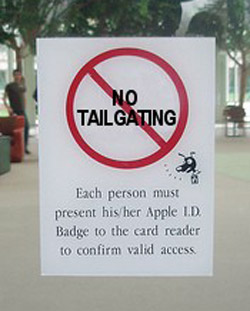 No matter how you look at it, your own personnel generate the greatest risk for security breaches. Sure, disgruntled employees are the obvious risk factors here, but even your best employees can put you at risk without proper training and procedures. For example, if proper access control procedures are not followed, your top employee could let a security threat into the building just by kindly holding the door open for a seemingly harmless individual.
No matter how you look at it, your own personnel generate the greatest risk for security breaches. Sure, disgruntled employees are the obvious risk factors here, but even your best employees can put you at risk without proper training and procedures. For example, if proper access control procedures are not followed, your top employee could let a security threat into the building just by kindly holding the door open for a seemingly harmless individual.
Taking the time to train your employees and coming up with a strict set of entry procedures are both extremely important. It doesn’t matter how big of small your facility is, without proper preparation, your personnel problems will turn into security breaches before you know it.
Installing Piggybacking Security Turnstiles and Gates
 Incoming analogy, you’ve been warned: I tend to liken preventing piggybacking and tailgating to building a house. No matter how much work you put into the house itself, it will all be for naught if a bad foundation allows the house to come crumbling down. The same is true when preventing piggybacking; you can spend countless hours training your employees to always hold doors for strangers or to always have their ID card on them but if you lack a strong physical access control system, wrongdoers are still going to find their way in (because nobody is perfect).
Incoming analogy, you’ve been warned: I tend to liken preventing piggybacking and tailgating to building a house. No matter how much work you put into the house itself, it will all be for naught if a bad foundation allows the house to come crumbling down. The same is true when preventing piggybacking; you can spend countless hours training your employees to always hold doors for strangers or to always have their ID card on them but if you lack a strong physical access control system, wrongdoers are still going to find their way in (because nobody is perfect).
The only real way to account for human error in your entry control efforts is to install piggyback-specific physical access control products like turnstiles. Certain turnstiles are built specifically to only let one person through at a time, making it virtually impossible for a potential piggybacker or tailgater to sneak in. These products eliminate human error and they even function autonomously for those facilities that are looking for entry control options but do not want to spend the money on a security guard.
Which Turnstiles Prevent Piggybacking and Tailgating?
There are two main types of turnstiles that prevent tailgating and piggybacking with a third type that can detect unauthorized entry attempts. All three of these turnstile types can provide a great foundation for combatting unauthorized entry and user error.
Waist high tripod turnstiles and full height turnstiles are purpose-built to prevent tailgating. With the way they are configured and the way their arms move, these turnstiles make it impossible for more than one person to pass through at a time, thus preventing tailgating and piggybacking. Further, they cannot be held open, forced unlocked, or even easily broken.
For those facilities that require a more aesthetically pleasing turnstile solution, optical turnstiles are the best choice. Optical turnstiles utilize complex arrays of optical beams and internal processing computers to detect tailgaters. Once an unauthorized entry is detected, physical barriers will be prompted to close, and audible as well as visual alarms are sent out to the surrounding area.
No matter which option you choose for piggybacking security, any is better than none. Like I said above in my cringeworthy analogy, don’t build the house without the foundation. And above all, don’t think piggybacking and tailgating are not a real threat because even your best employees can unknowingly slip up and cause a major security breach.
